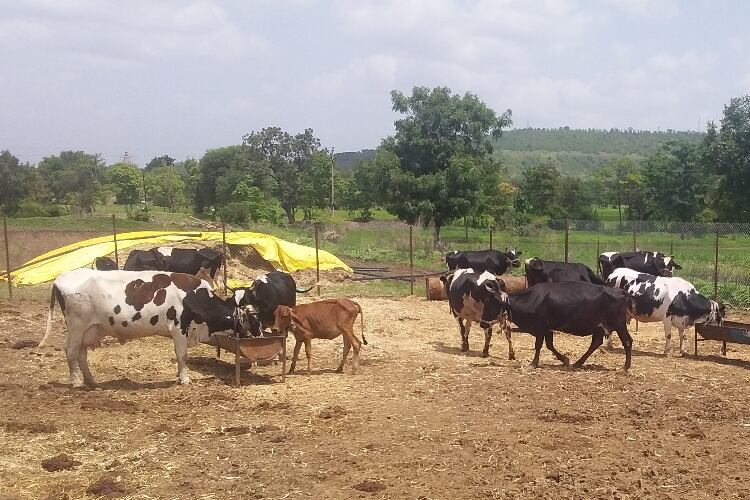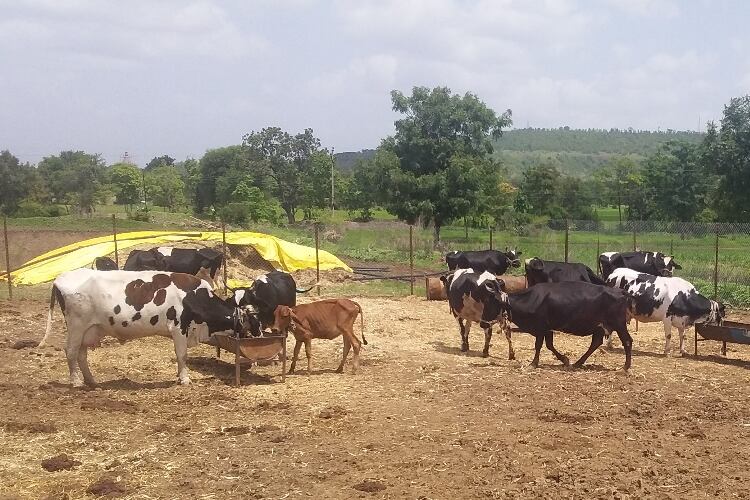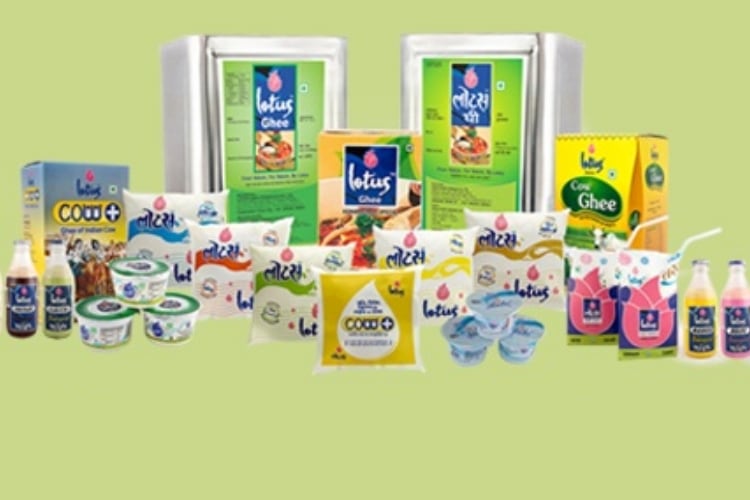India may have famously been the world’s biggest milk producer over the last 25 years and produces just under a fifth of the world’s milk. It might also be the world’s biggest consumer, a vast population of upwardly mobile Indians helping the market for fresh milk chug along at 3% growth, by some estimates. But despite these proud boasts, there are still causes for concern.
On the surface, India’s dairy industry is thrusting ahead. It is expected that by the end of next year, milk production will have scaled 210m tonnes, a 30m increase over 2018.
Pretty much anyone in the industry you speak to will wax about the increased purchasing power of 1.3bn Indians who are getting healthier and wealthier. They expect to see them buying even larger quantities of milk over time.
Moreover, there are growing opportunities for Indian dairy producers to export to the equally fast-moving market of China, as well as Southeast Asian countries for their US$60bn business.
This is all bound to put tremendous pressure on a storage and supply system that is still rickety, and at best is broadly underdeveloped.
Unorganized sector
The trouble is that more than half of India’s milk surplus is handled by the unorganized sector. Forget Amul, the biggest dairy brand, and Dudhsagar Dairy, claimed to be Asia’s biggest dairy cooperative, smallholders and farmers with some quantity of land are the real backbone of the industry.
Cooperatives and private dairies have access to just 20% of the milk produced, by some estimates. A third of the milk is sold on the unorganized market and around a half is consumed locally, according to the Indian government’s 2018-19 Economic Survey.
This is in comparison to most of the developed nations, where almost 90% of the surplus milk passes through the organized sector.
The anticipated huge demand for milk is bound to put tremendous pressure on the milk production system, and unorganized dairy farms in particular. And at the heart of the matter have been woeful yields.
Although India’s approach to dairy farming is largely based on a low input-low output model, milk output keeps increasing while not enough focus is being paid to the productivity of the cows and the efficiency of the farming.
The country has a bovine population of close to 300m, of which 42m are crossbred cows, 110m are buffaloes and 150m comprise non-descriptive indigenous cattle. Their daily milk yields range from 6.5kg by the crossbreeds to just 2.2kg from the native animals.
Better formulated feed would help farmers, but it hasn’t been marketed aggressively or taken up wholeheartedly. Moreover, about 45% of the national herd is always dry due to a lack of critical nutrients in their feed.
Amid poor conditions this year, the availability of green and dry cattle fodder has been low, and it could fall further into the future. At the same feed prices have risen by up to a fifth as milk producers are forced to turn to manufactured feed.
Mid-way through the next decade, India will be looking at a dairy industry that produces around 240m tonnes of milk annually at the same time it faces a 75% shortage of green fodder, 16% shortfall of dry fodder and 25% need for concentrated feed.
Storage continues to be an issue. Farmer’s groups believe that India requires a minimum of 70m tonnes of cattle feed capacity, compared to the installed capacity of 10m tonnes, to ensure feed security and quality milk production.
The lack of storage facilities for raw materials and a lack of awareness among milk farmers and feed producers has led to issues with mycotoxins in cattle feed.
India is also suffering from a massive infertility problem in its herds, affecting close to 30% of cows. It has been finding it a challenge to raise the fertility rate due to poor feed, hormone imbalances, and vitamin and mineral deficiencies.
By 2025, the country is expected to be home to more than 325m bovine animals, but at the current rate of infertility, close to 100m cows will be infertile.
Also in about five years, experts think milk companies will be fighting over milk production, in view of shrinking land, fodder and water resources.
It is likely, however, that farmers will have made some improvements in their feed quality and enrichment. There is growing awareness of the importance of using better feed ingredients and supplements to improve rumen efficiency.
Investment needed
All the while, huge investment will need to be made in cattle feed capacity to produce at least 100m tonnes, which will be required in a few short years.
It will not be easy for India to produce an estimated 10m tonnes of additional milk per year for the next decade without productivity, efficiency and management improving at grass roots level.
Farmers will most critically have to make sure they improve their feed-to-milk conversion ratios and be open to formulated cattle feeds to inch up their yields.
A vast market is no doubt there, and expecting to be satisfied by the world’s biggest milk producer. It is difficult for dairy companies to ignore the potential the massive changes in Indian demographics have been generating, with the poor getting wealthy and the wealthy buying more milk.
But despite the strong performances the dairy majors have put in over recent years, and the growth the industry has been seeing, there is no rule to say this hegemony will continue on indefinitely, especially with the size of the unorganized sector.
There are plenty of young, flexible companies looking to shake up the supply chain and willing to take a punt on how dairy cattle are farmed. The co-operative system is not so big it is immune from disruption. India will continue to be the biggest producer, but will it continue to produce enough?




